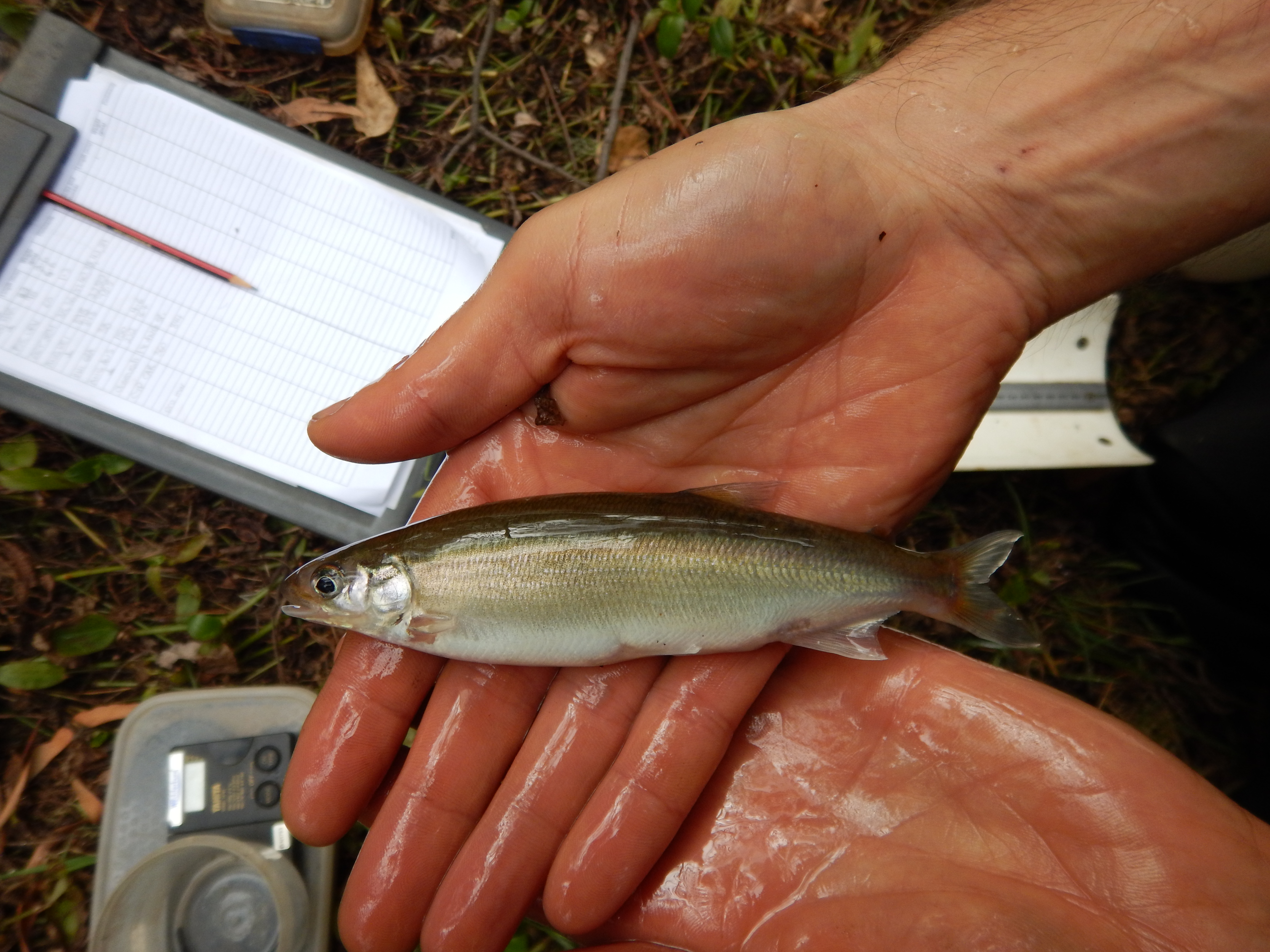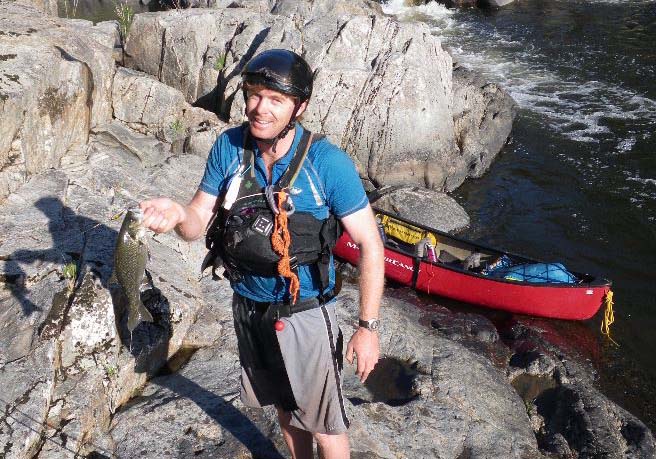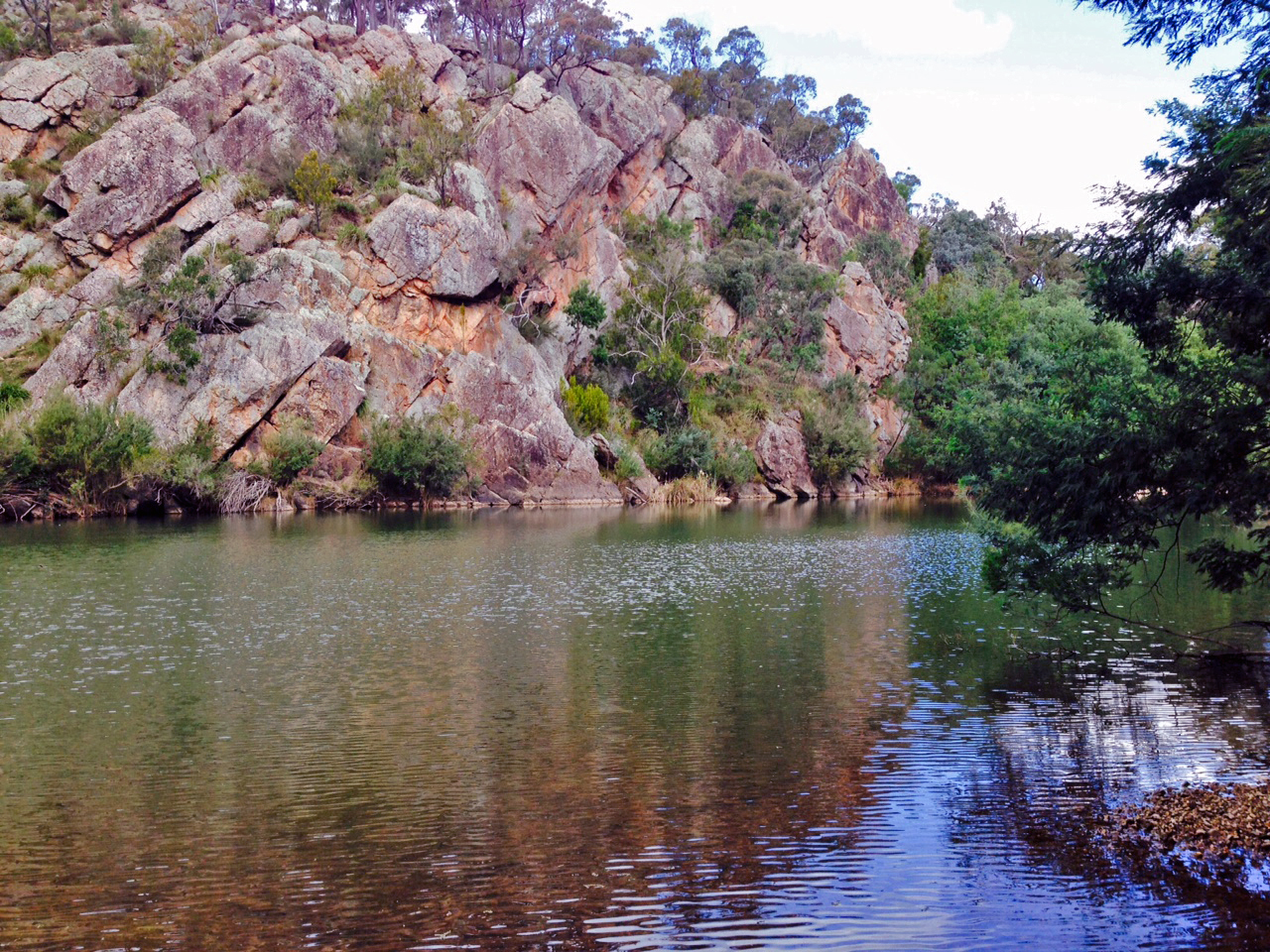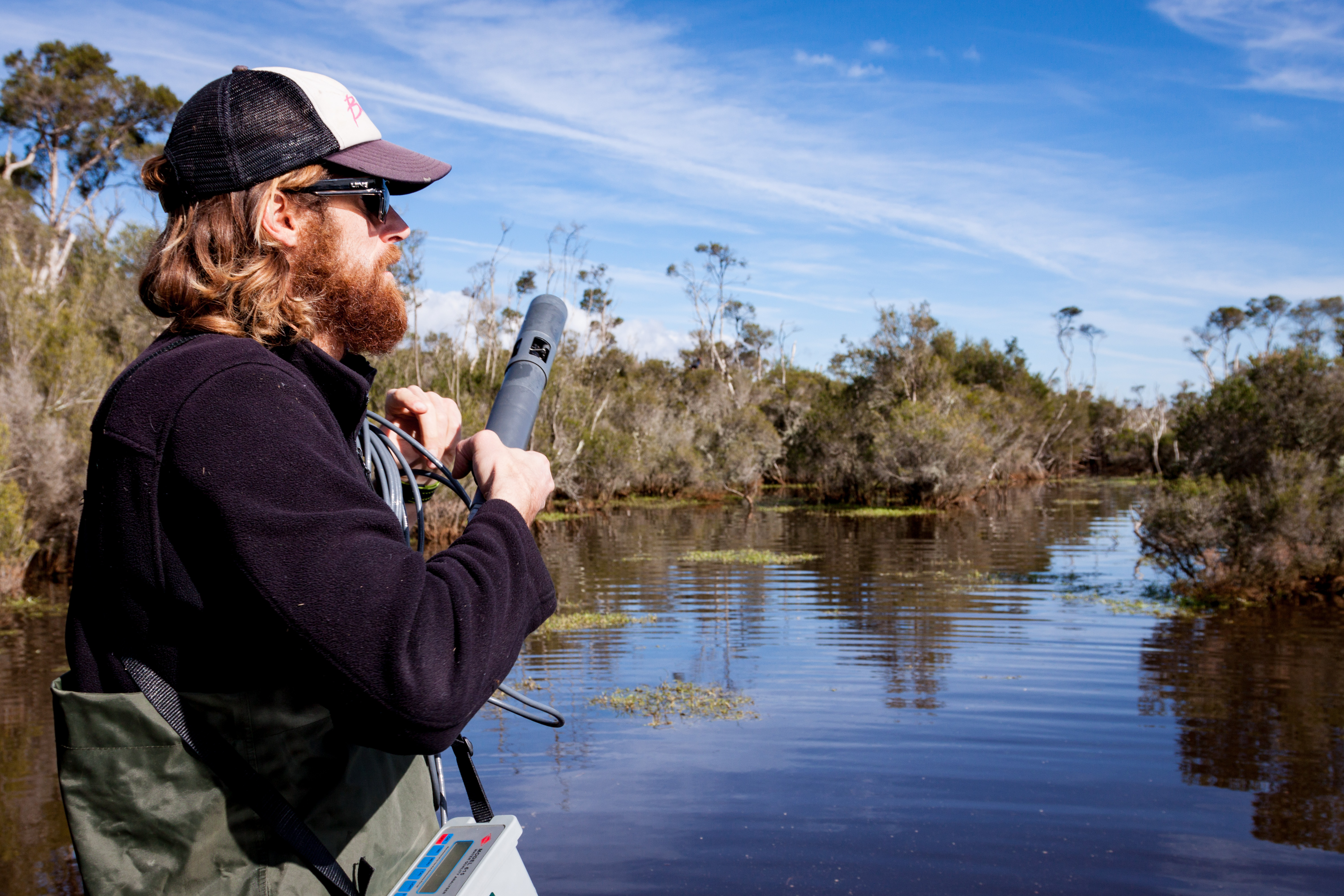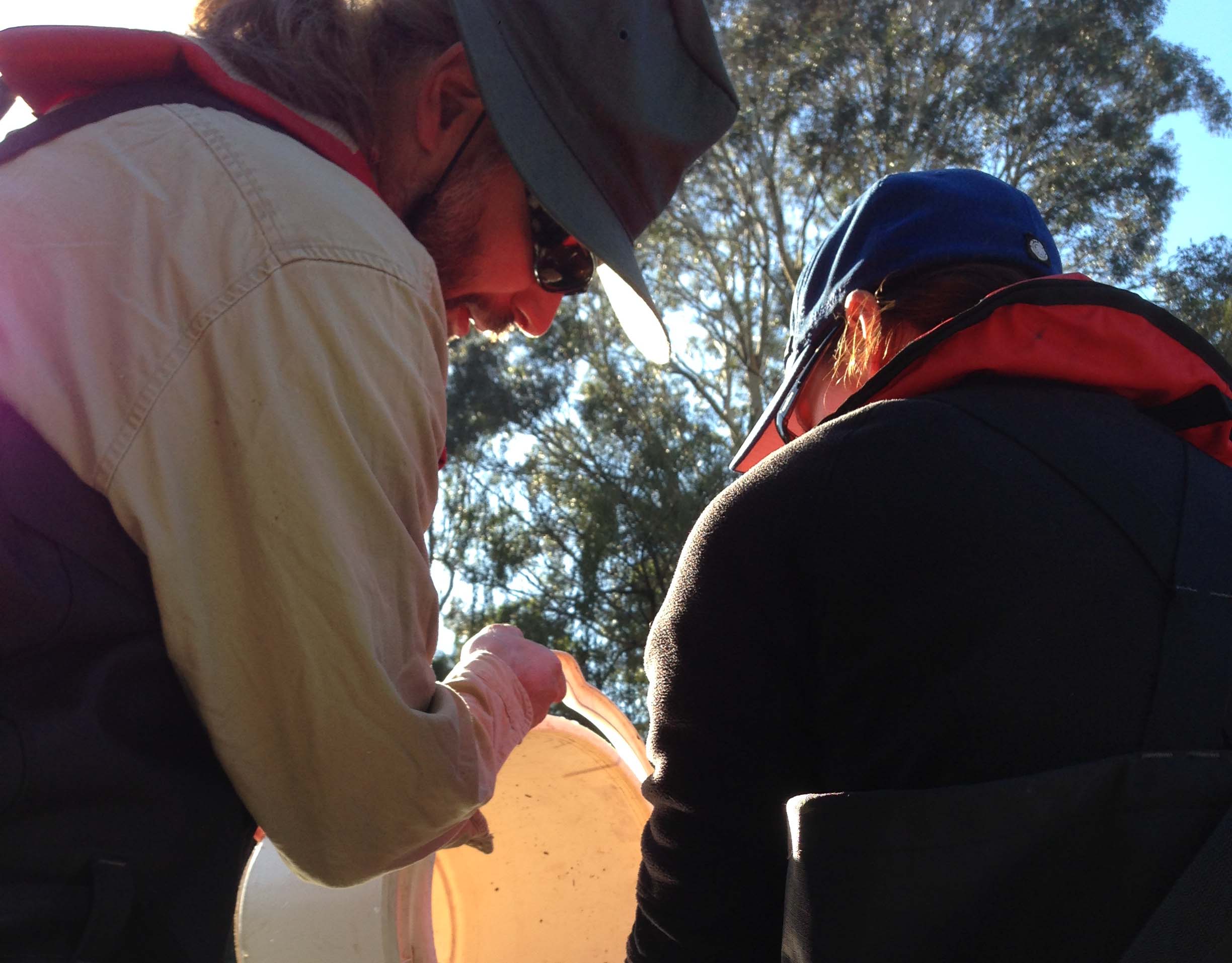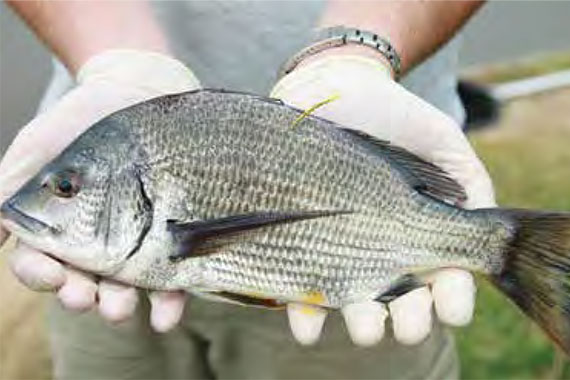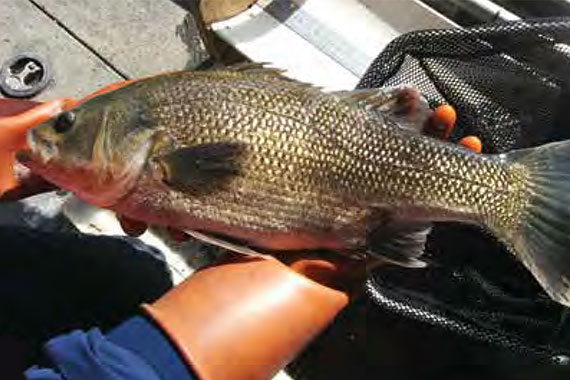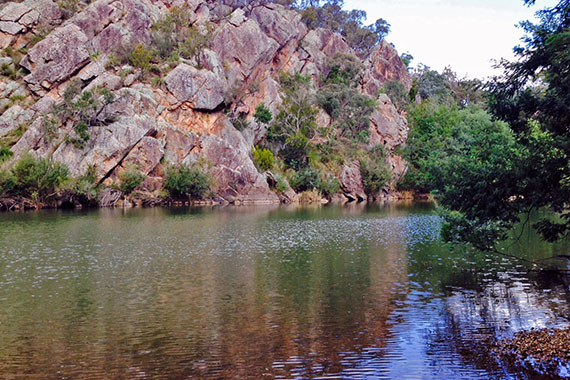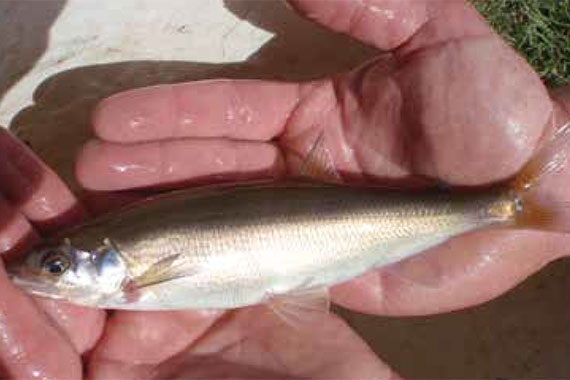La Nina conditions in 2022-23 delivered above-average winter and spring rainfall in the northern and western parts of the Gippsland region for the third consecutive year, while rainfall in the eastern part of the catchment was close to the long-term average. Upper sections of the Latrobe River catchment received their highest total June rainfall in 24 years, and heavy rainfall in August caused minor flooding in Traralgon Creek. Thomson Dam spilled in October for the first time since 1996. Temperatures throughout the region were close to the long-term average during 2022-23.
Delivery of water for the environment in rivers and wetlands within the West Gippsland CMA region was managed in line with the wet scenario during 2022-23, and all planned watering actions were achieved. Natural flows from spilling reservoirs and local catchment run-off met most planned watering actions during the year. Water for the environment was used to supplement the winter-spring low flow in the Thomson River during July to help fish and other animals move freely between different habitats. Water for the environment was not needed in the Macalister River or the Latrobe River at all during 2022-23 because the natural flow met or exceeded flow recommendations. The three lower Latrobe wetlands (Sale Common, Dowd Morass and Heart Morass) were flushed by natural flows for the second consecutive year, and salinity levels in Lake Wellington continued to remain low.
The Snowy River received high allocations of water for the environment for the second consecutive year, and the water was used to mimic seasonal snow melt patterns to enhance the river’s ecological and physical conditions.
The Bureau of Meteorology forecasts below-average rainfall and above-average temperatures for the Gippsland region during autumn and winter 2023. However, relatively high storage levels mean the risk of flooding remains for the Gippsland region in the first half of 2023-24.
High storage levels going into 2023-24 will likely result in high allocations to environmental entitlements in the Gippsland systems. Despite the loss of 23,039 ML of carryover when Thomson Dam spilled, the forecast allocations and remaining carryover volumes should be sufficient to deliver planned watering actions in all climate scenarios during 2023-24.
The approach to delivering water for the environment in the Gippsland region aims to maintain enough flow in dry times to minimise stress on existing plant and animal populations and deliver larger flows in wetter conditions to enhance the condition of and increase recruitment in those populations. Over the last three years, wet conditions have resulted in strong native fish recruitment in all the Gippsland systems that receive water for the environment. While certain flows will be delivered at a lower magnitude in the drier climate scenarios, the forecast high water availability means that delivery of water for the environment to consolidate the environmental gains of the last three years and to support additional recruitment should still be possible in all scenarios in 2023-24. Efforts to boost migratory fish populations in the Latrobe, Thomson and Macalister rivers are particularly important because the larvae and juveniles of these species spend time in the ocean and can then colonise other coastal rivers. Increasing the total number of larvae and juveniles in waters along the Gippsland coast may help recover native fish populations in river systems that were affected by the 2019-20 bushfires.
Delivery of water for the environment in the lower Latrobe wetlands in 2023-24 will aim to consolidate and, where possible, improve the environmental gains of the last three years. This will involve keeping Sale Common, Dowd Morass and Heart Morass at least partially full during winter and spring and allowing a natural partial drawdown during the warmer months in all climate scenarios.
The water year for the Snowy system starts in May and ends in April the following year, which differs from how water is managed in the other Gippsland systems. The total volume for release and daily release targets for the Snowy River from May 2023 to April 2024 were endorsed by the Snowy Advisory Committee in March 2023. The agreed daily releases will not vary unless flows increase the risk of flooding downstream or operational constraints prevent delivery.
